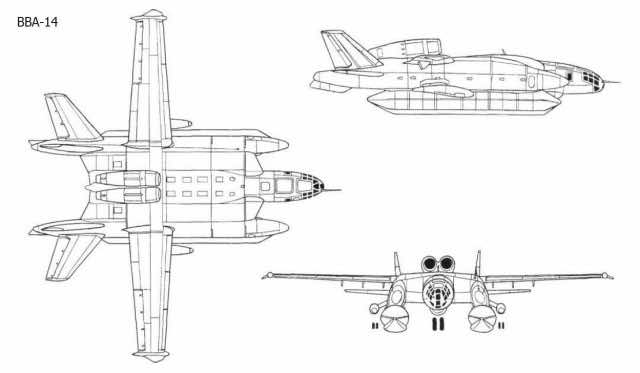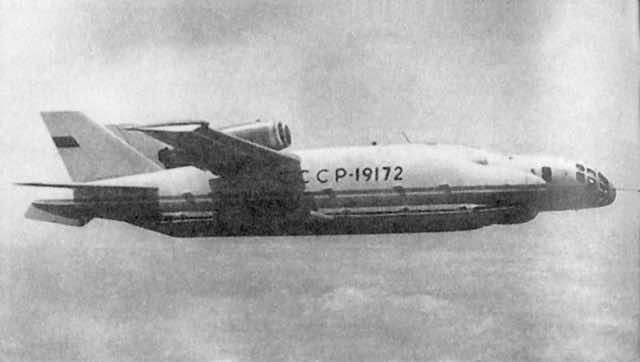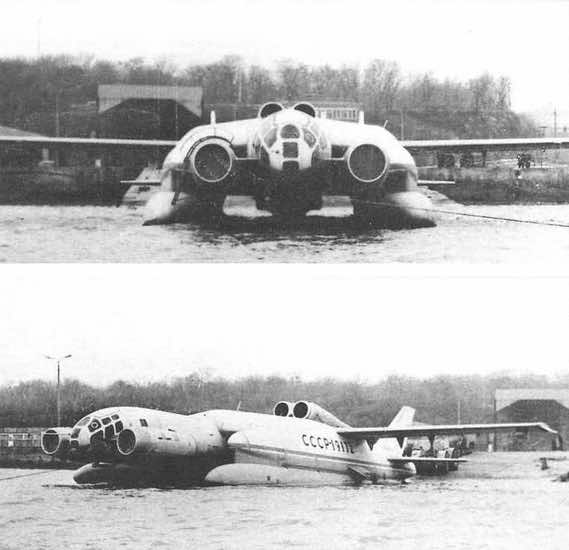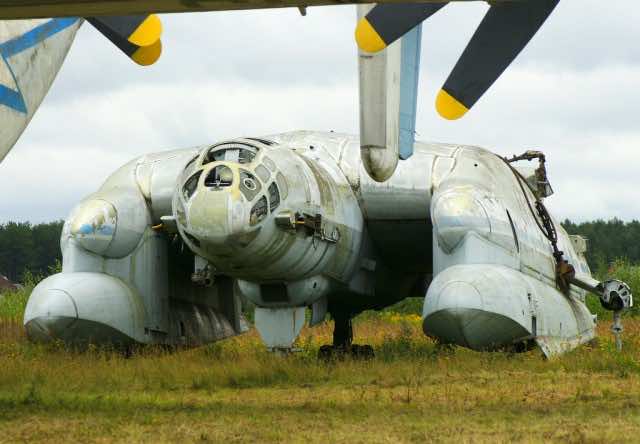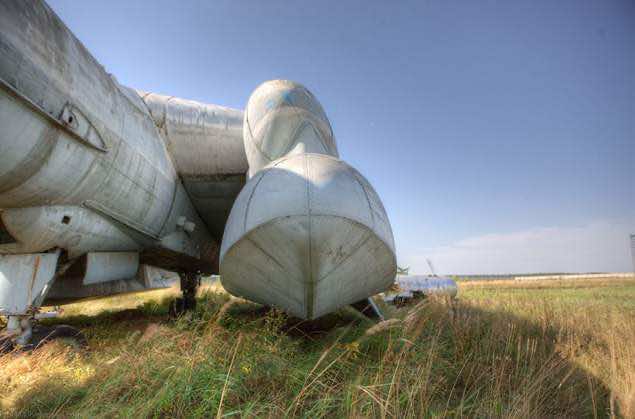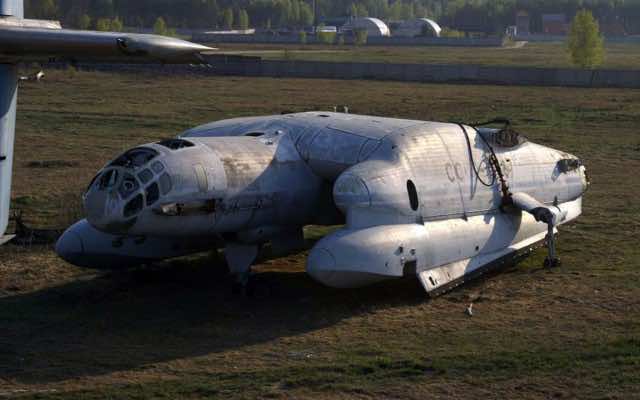When you read every other day about the failed testing and design challenges of F-35 JSF, you are forced to think that Vertical Take-Off and Landing (VTOL) technology must be tough to accomplish. The Lockheeds and Boeings can’t make it happen even with all of the cutting-edge technology at their disposal. The cost overruns, short operational lifecycles and delayed manufacturing have all but destroyed the allure of the new technology. But what if I told you the Soviets had developed a huge amphibious jet with VTOL capacity back in the Col War era with limited avionics and design technology?
Meet the gigantic VVA-14 that was designed to counter US Navy’s Polaris missile submarines at sea. It could fly at high speed, take-off vertically and even patrol the surface of the oceans using what is known as the “ground effect”. It was way back in the 1960s when the Russians sat down to build this multi-platform beast. The first prototype was finished by 1972 and took off from a conventional airfield on September 4, 1972. In 1974, inflatable pontoons were installed for marine capability but numerous problems arose as a result. Nonetheless, the first amphibian flight took off in 1975. In later stages, the inflatable pontoons were replaced by rigid ones and starting engines were added along with a lengthening of the fuselage itself. However, at that time, the company contracted with providing the VTOL system couldn’t deliver and thus they couldn’t be tested.
It was widely accepted that before the advent of the F-16 fighting falcon, the Russian fighter jets were much more advanced and powerful than their American counterparts. The plethora of funds, no red tape and huge talent pool made it possible for the Russians to develop anything very fast, and they did that with the VVA-14. However, the man behind the whole project Italian-born Bartini died in 1974 and interest in the project cooled down shortly after that. The project was wrapped up within a decade of slow demise, and the last surviving plane now rests in the Russian Air Force’s museum in Monino. It was given a Russian name that can be translated into “Aeroflot”. It’s a pity it couldn’t be developed as it would have been one aspect of aviation we can only enjoy in science fiction movies like Star Wars and Star Trek. Hopefully some day the project will be revisited and brought to its justifiable conclusion!


